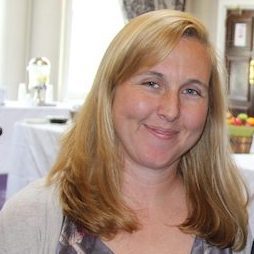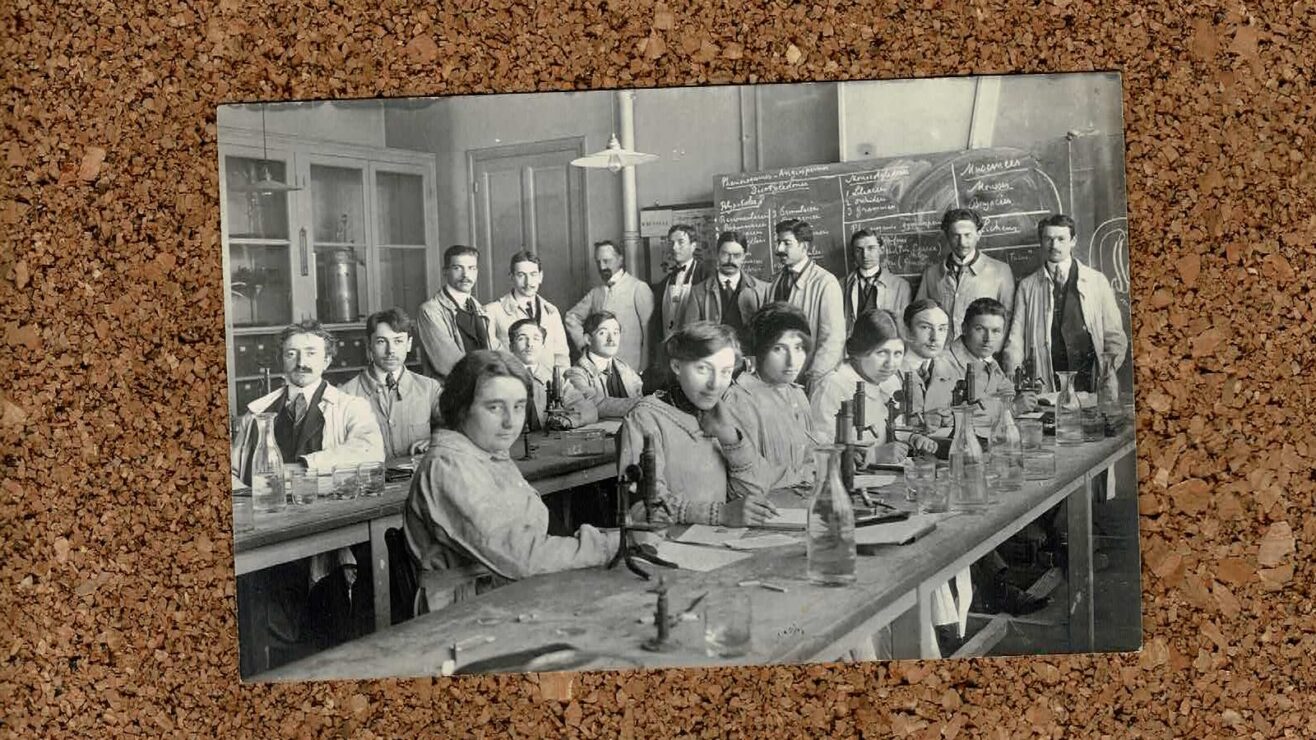Last week HESA published its second Alternative Provider (AP) data release, and should the Higher Education and Research Bill pass, one of its last. The single system of registration proposed in the Bill will remove the distinction between public and private funded institutions and bring providers into a single data set, with a single list of expectations from that data.
The release is again experimental, reflecting the challenges associated with all new data sets, as well as the addition of new providers for 2015/16. This is likely to be the case for a number of years, as the regulatory system will shift some providers both in and out of official designation. For this reason, some may argue the regulatory system is not yet ready for a single data set, and that it would be misleading to compare the AP return with benchmarks or performance indicators set using the long-standing HEI data set. Even if we do move to a single data collection from both public and private institutions, it will still be vital that we explore the data for this group as a distinct part of the sector for years to come.
The data release adds 37 providers to last year’s 63, and with some mergers and changes brings the total number of APs in the release to 97. There are more institutions with fewer than 250 students (55) and more specialist institutions teaching just one or two subjects. The figures remain dominated by a few big institutions, with 36% of the students counted coming from GSM, BPP, BIMM and Regents University London.
This year’s data may be most notable for what it is not. The addition of new providers means it can’t include any sector level data which relies on a time-series, so we can’t make any conclusions on retention or progression. It also remains incomplete, with large numbers of providers and students still outside the collection. While it covers 97 of the 115 providers with designation, providers without designation are not required to submit any data. HESA does not collect data on students studying below degree level, and though there was a requirement to submit students on postgraduate initial teacher training courses, only twenty students were submitted. Providers were not asked to return data on any other postgraduate students.
In an attempt to better capture the diversity of students across institutions, HESA has for the first time included some students on non-designated courses. This data is required for providers’ inclusion in the Unistats database, though only 605 students are reported in this category. There is still more work to be done to understand students on short courses and those who take a more flexible or part-time route to achieving a qualification.
So what have we learned?
Despite these limitations, there is still plenty that we can learn from this release about the alternative sector.
Student characteristics have seen only small changes between the original 63 and those in the 2015/16 return. Students over 30 are still more common than their younger counter-parts, with 39% of the AP student population coming from this group. APs in 2015/15 have slightly more BME students (56%) than last year and continue to have far more (proportionally) than their publicly funded counterparts. The numbers show a significant demographic difference between publicly funded institutions and APs. Only 6% of students at publicly funded institutions are over 30, and 24% identify as BME.
The mix of subjects reported has changed somewhat, most likely attributable to the addition of smaller and more specialist institutions. The number of students taking creative and design courses has risen slightly (20%) and students in science subjects have also increased (10%). The numerical dominance of a few large institutions means that business related subjects still make up the largest group (48%), but these subjects now make a smaller portion of the total than they did in the 2014/15 return.
It is interesting to note the number of colleges on the list who teach interdisciplinary courses, mixing creative and technology subjects with business and education. These can be a nightmare for JACs codes to categorise, which is something that may need to be addressed in the future – especially for subject-level TEF decisions.
Looking deeper into the levels of study, we see an interesting shift from 2014/15. The number of first degrees awarded has increased from 39% of awards to 45% of awards. This corroborates with what we know about the institutions added to the list, which include several theological colleges, school-centred Initial Teacher Training networks (SCITTS), and specialist creative colleges, all of which are more likely to offer courses at degree level. Most interesting is that the number of HNC/HND students recorded has decreased, from 22,605 in 2014/15 to 16,030 in 2015/16. This may be related to changes in the HNC/HND system brought about by Pearson and Edexcel, who award these degrees, but it is unclear from the data why this drop has been so significant.
Despite efforts to include a broader range of courses in this year’s AP return, there remains a large section of the AP student population not covered by the data. This data will not only form the basis of a future single risk-based regulation system in 2019/20 but will also be included in Unistats for the first time this year. The challenges facing APs will be how to manage data which may reflect only a small number of their students, may be placed in a comparative framework like Unistats against very different courses, and is still branded experimental by the organisation which collects it, with very good reason.













